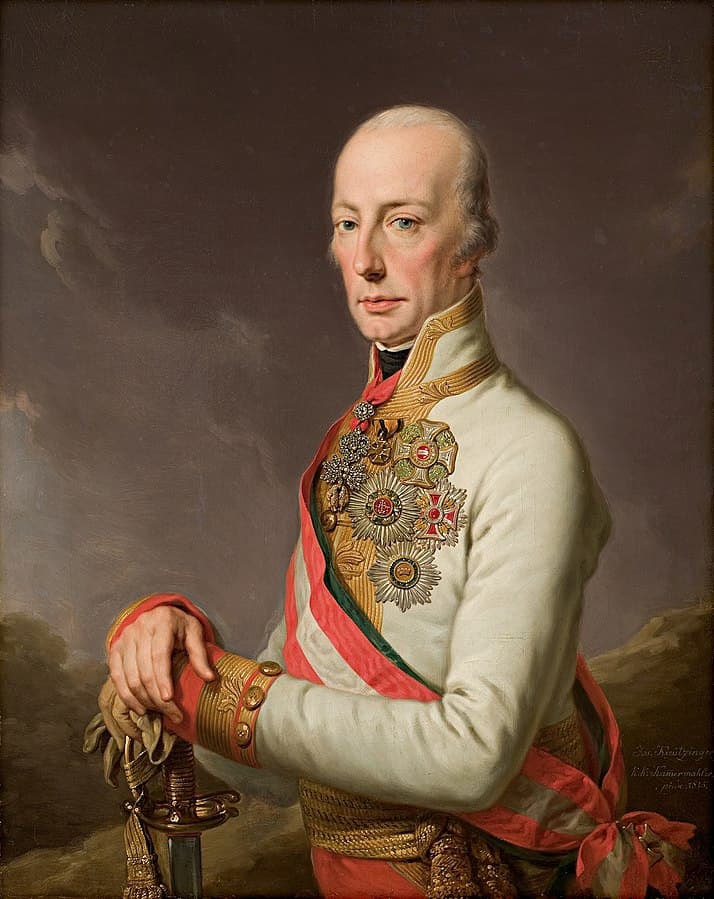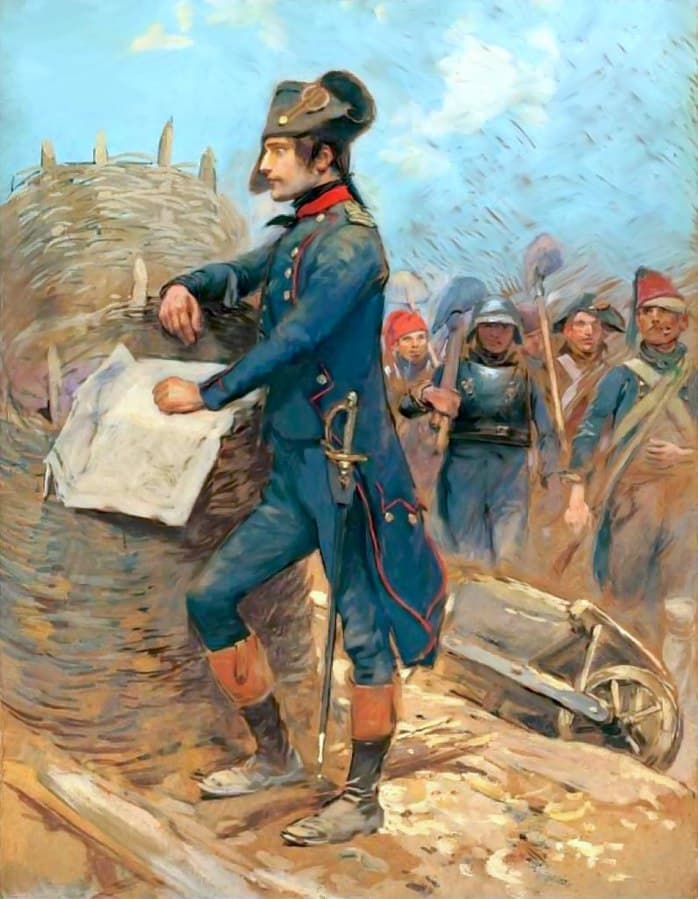The Czech composer Paul Wranitzky (1756–1808) moved to Vienna at age 20 to find new opportunities. His education combined music (singing, organ, violin, and viola) and then theology in Olomouc. After his move to Vienna, he led the choir at the theological institute and continued his music studies with J.M. Kraus, capellmeister to the Swedish court, In 1784, he was an Esterázy music director for Count Johann Baptist Esterházy and then in 1785, was appointed director of the newly created Kärntnertortheater orchestra. He held that position until 1787, when he joined the Burgtheater orchestra. He became director of the latter around 1793. Mozart, Haydn, and Beethoven knew him and both Haydn and Beethoven, preferred him as a conductor of their new works.

Jan Racek Bossler: Paul Wranitzky
His own compositional output was considerable. He started composing symphonies around 1786, writing some 51 between 1786 and 1805. He also wrote some works for the stage, including Singspiel, operettas, ballets, and operas. His most famous stage work was the romantic singspiel, Oberon, König der Elfen. The opera was part of the series of magical operas that was sweeping Europe at the time and was influential in inspiriting Emanuel Schikaneder to writing the libretto for Die Zauberflöte. Schikaneder’s troupe put on a performance of Wranitzky’s Oberon at the Theater auf der Wieden, which made Schikaneder familiar with the magic genre and so Die Zauberflöte had its roots. Oberon remained popular from 1789 until it was replaced by Carl Maria von Weber’s Oberon in 1826.
Following the success of Mozart’s Die Zauberflote, in a letter in 1796, Goethe approached Wranitzky to write the music for play Zauberflöte zweiter Teil (Magic Flute, Part II), but the deal was never made, and Goethe’s work remains just a fragment.
Paul Wranitzky: Oberon, König der Elfen – Overture (Berlin Akademie für Alte Musik; Bernhard Forck, cond.)
Of his 51 symphonies, one is of particular interest: Grande sinfonie caractéristique pour la paix avec la République françoise, Op. 31. This work, the Grand Characteristic Symphony for the Peace with the French Republic, was composed for the House of Habsburg, and joined a number of other ‘peace symphonies’ written in the revolutionary turmoil currently in Europe. In late 1797, Holy Roman Emperor Francis II (Frances I of the Austrian Empire) had to make peace treaties with Napoléon due to ongoing heavy casualties and this symphony was one result.

Joseph Kreutzinger: Kaiser Franz I, 1815 (Neue Galerie Graz)
The movement names are of interest because they lay out the entire program – from the French Revolution to the advent of peace. Movement I titled as “The Revolution – March of the Austrians and Prussians”.
The opening’s slow introduction starts us off in a world of suspense and tension – and the timpani roll signals the oncoming disaster. The two marches, of the Austrians and the Prussians, are handled with the reduced forces of only the wind instruments (Harmoniemusik).
Paul Wranitzky: Symphony in C Minor, Op. 31, “Grande sinfonie caractéristique pour la paix avec la République françoise” (Grand Characteristic Symphony for the Peace with the French Republic) – The Revolution: Andante maestoso – Allegretto molto – March of the Austrians and Prussians: Tempo di marcia: Maestoso – Più allegro, tempo primo (Berlin Akademie für Alte Musik; Bernhard Forck, cond.)
The second movement (The Fate and the Death of Louis ) depicts the imprisonment and death of Louis XIV which led to an imperial decree on 20 December 1797 forbidding the performance of the work. However, parts had been printed in Augsburg and can be found all over Germany, usually in former court collections.
Wrantizky’s depiction frames the movement in ‘a gently melancholic resignation to fate’. The middle section is a funeral march, predating Beethoven’s use of it in his Piano Sonata No. 12 in 1800 and his use of it in the Eroica in 1806.
Paul Wranitzky: Symphony in C Minor, Op. 31, “Grande sinfonie caractéristique pour la paix avec la République françoise” (Grand Characteristic Symphony for the Peace with the French Republic) – II. The Fate and the Death of Louis: Adagio affettuoso con sordini (Berlin Akademie für Alte Musik; Bernhard Forck, cond.)

Édouard Detaille: Bonaparte at the Siege of Toulon 1793 (Paris : Musée de l’armée)
Movement III, The Tumult of a Battle, brings in horns and the blaring of trumpets. The single hit on the bass drum signals the start of the battle.
Paul Wranitzky: Symphony in C Minor, Op. 31, “Grande sinfonie caractéristique pour la paix avec la République françoise” (Grand Characteristic Symphony for the Peace with the French Republic) – III. The Tumult of a Battle: Allegro (Berlin Akademie für Alte Musik; Bernhard Forck, cond.)
Movement IV starts with The Prospects of Peace and concludes with Rejoicing at the Achievement of Peace. The final peace negotiations are conducted in an idyllic 6/8 time set within a rondo movement.
Paul Wranitzky: Symphony in C Minor, Op. 31, “Grande sinfonie caractéristique pour la paix avec la République françoise” (Grand Characteristic Symphony for the Peace with the French Republic) – IV. The Prospects of Peace: Andante grazioso – Rejoicing at the Achievement of Peace: Allegro vivace (Berlin Akademie für Alte Musik; Bernhard Forck, cond.)
After Wranitzky’s death, his music, so closely associated with the ruling classes, fell out of favour. Even the historian Fétis, expressed his surprise at this: ‘The music of Wranitzky was in fashion when it was new because of his natural melodies and brilliant style. He treats the orchestra well, especially in symphonies. I recall that, in my youth, his works held up very well in comparison with those of Haydn. Their premature abandonment of today has been for me a source of astonishment’.
For more of the best in classical music, sign up to our E-Newsletter



